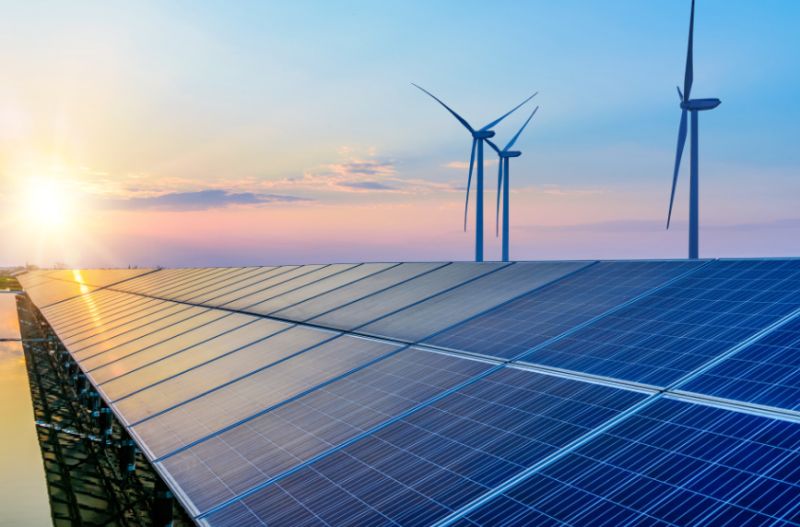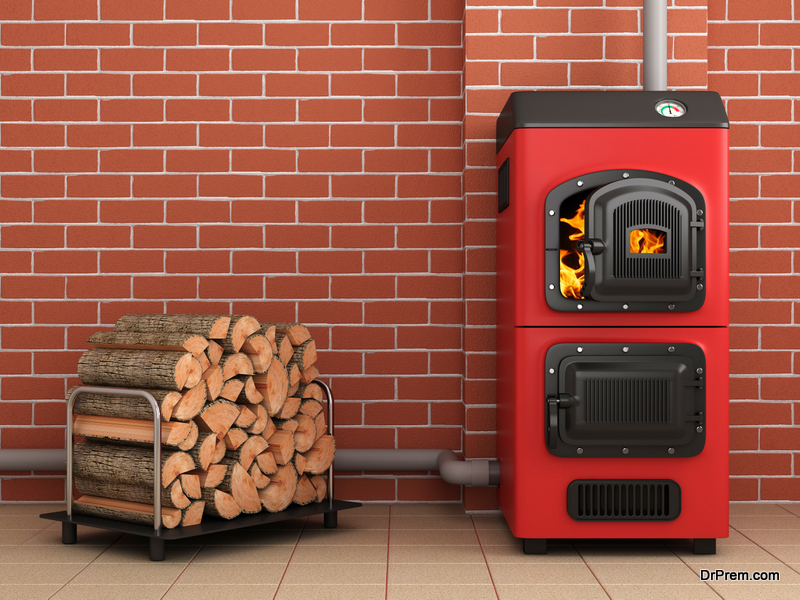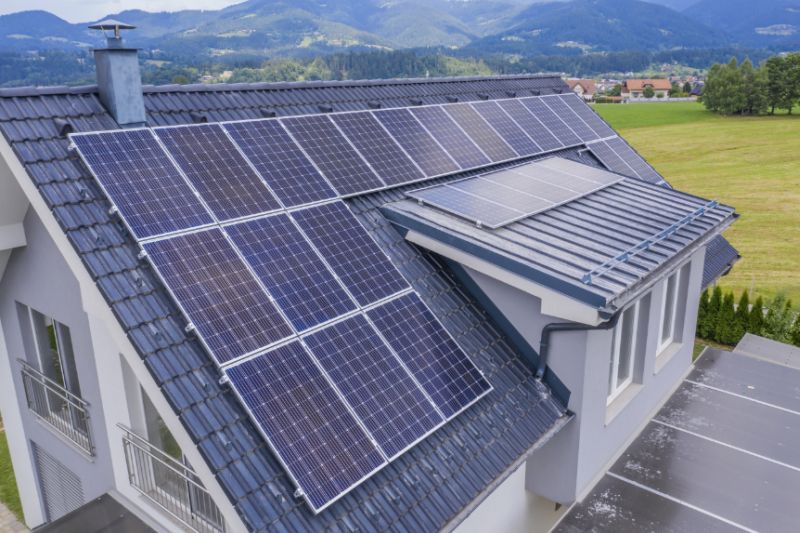For a greener home, you can use alternative energy sources. In addition to making a positive contribution to the environment, you may get rebates, tax credits, and other incentives for promoting cleaner energy. Using alternative energy sources promotes energy-efficiency, reduces costs in the long run, and helps to create a cleaner environment. So, what are the best alternative sources of energy that can be used at home? Read on to find out.
1. Solar Energy Sources

The sun’s heat and light can provide enough energy to run different devices, appliances, and even vehicles. Before you can obtain energy from the sun for use at home, you need to invest in solar panels. You also need a solar inverter and solar battery to store excess energy for use during the night or on rainy days.
Here are some benefits of using solar panels:
- Solar panels are not difficult to maintain. Once solar panels are installed, they can provide electricity in large amounts, especially in fair weather.
- The incentives you can get from the state, like tax credits, compensate for the cost of solar panel installation.
2. Hydro Power
Hydroelectricity or hydropower is a great home energy alternative if you live near running water like streams and rivers. How does it work? Hydropower is based on gravity and the power depends on the strength of running water. Water flows downwards and passes through a hydropower system. The energy that’s present in the water drives the turbine, turning the generator to produce energy.
Here are the important things to remember before considering hydroelectricity as an alternative energy source:
- You need to call a certified hydropower installer to check your site to determine if you’re eligible for hydropower. The installer will also check your location and the quality of access to moving water. The installer will find out how fast the river flows and the amount of water passing through.
- It’s important to consider the various seasons in the area and the associated level of water in the river or other water source. The lowest level of the nearby river will determine the feasibility of your site for hydropower set up.
3. Wind Energy
 While wind energy is usually associated with wind farms, smaller sized wind turbines are now available for residential energy production. If your area has good wind speed, wind energy can be a great alternative source. You can check your region’s average wind speed with your local weather services.
While wind energy is usually associated with wind farms, smaller sized wind turbines are now available for residential energy production. If your area has good wind speed, wind energy can be a great alternative source. You can check your region’s average wind speed with your local weather services.
Here are some good-to-know facts about wind energy as an alternative source for your home:
- You can use a 10-kilowatt wind turbine to provide enough energy for your home. It measures about 100 feet tall and has a 23-foot turbine.
- You may need another energy source because wind energy is also climate-dependent like solar energy. And because wind turbines have moving parts, they need regular maintenance unlike solar panels.
- You can find a plug-and-play personal wind turbine installed on the roof. It can produce energy up to 400 watts. This is sufficient for powering some appliances and lights.
4. Geothermal Energy
It’s a type of renewable energy source wherein the heat that’s produced inside the earth can be used to generate electricity. Geothermal energy for home use is usually limited to heating and cooling. Geothermal heat pumps move heat from the earth into the home during winter. In summer, geothermal heat pumps pull out the heat that’s inside the house.
By using this alternative energy source, you can save as much as 40 percent in your electricity bills. Another cost-saving factor is that geothermal heat pumps are designed for easier maintenance.
5. Biomass
 Biomass stoves are used as green solutions because they cause less pollution. Also, they have fewer harmful chemicals as compared to fossil fuels. Biomass stoves are fueled by crops, plants, trees, grass, or wood waste.
Biomass stoves are used as green solutions because they cause less pollution. Also, they have fewer harmful chemicals as compared to fossil fuels. Biomass stoves are fueled by crops, plants, trees, grass, or wood waste.
A biomass stove ignites immediately at the push of a button. Once the fuel is burned, it automatically pushes ash out and empties it in a drawer. Biomass stoves usually come with varying heat settings.
6. Fuel cells
Oxygen, hydrogen, and fuel are used by fuel cells. Oxygen and hydrogen compounds are oxidizing agents. Inside fuel cells, the electrons and ions of hydrogen are separated. Because of the electrolyte substance inside the fuel cells, ions pass through and electrons are blocked. Travelling through a wire, they produce electricity. Excess ions turn into carbon dioxide and water when they come in contact with oxygen.
Conclusion
There are plenty of alternative sources of energy. You can avoid coal-fired electricity by using the six alternatives discussed above. Solar energy involves the use of solar panels, usually installed on roofs. Hydroelectricity or hydropower is obtained from the energy in water. Geothermal energy utilizes the earth’s heat for heating and cooling to help reduce home utility bills tremendously. Biomass and fuel cells can also be used as alternative sources of energy.
Article Submitted By Community Writer


